In a groundbreaking achievement for sustainable architecture, Japan’s innovative "Paper Tube Concert Hall" has earned the highest seismic resilience rating following rigorous testing. The structure, designed as a temporary venue for music and cultural events, defies conventional expectations by utilizing recycled paper tubes as its primary building material. This accolade not only validates the project’s engineering ingenuity but also signals a potential shift in how disaster-prone regions approach construction.
The hall, conceived by architect Shigeru Ban, rose to prominence after serving as a symbol of hope following the 2011 Tohoku earthquake and tsunami. Its latest certification comes from Japan’s Building Disaster Prevention Assessment Institute, which subjected the lightweight framework to simulations exceeding the country’s strict earthquake standards. Engineers noted how the lattice-like arrangement of paper tubes—each coated with waterproof polyurethane and fire-retardant chemicals—demonstrated remarkable flexibility during lateral ground motion tests.
What makes this recognition extraordinary is the material’s perceived fragility. Paper tubes, typically associated with disposable packaging, were engineered to bear loads comparable to traditional steel supports when arranged in Ban’s patented geometric configurations. The design incorporates over 2,000 interlocking tubes with a combined compressive strength rivaling concrete, yet weighing 90% less. During seismic simulations, the structure absorbed vibrations through controlled deformation, with joints designed to redistribute stress without catastrophic failure.
Beyond its structural merits, the project embodies Japan’s philosophy of "mottainai"—a deep aversion to waste. All components can be disassembled and repurposed, aligning with circular economy principles. The roof’s membrane, for instance, consists of recycled sailcloth from industrial shipping, while the foundation employs sand-filled beer crates that provide ballast without permanent excavation. This approach proved instrumental during the hall’s 2013 deployment in disaster-stricken areas, where rapid assembly using locally sourced materials was critical.
The certification process itself broke new ground in evaluating non-traditional architectures. Testing protocols traditionally developed for steel-and-concrete buildings were adapted to account for the paper tube system’s unique behavior. Engineers measured not just load-bearing capacity but also acoustic performance—a vital consideration for a music venue. Remarkably, the hall’s paper walls demonstrated superior sound diffusion properties compared to conventional plaster, creating a warm resonance praised by musicians.
Critics initially dismissed the project as a conceptual art piece rather than serious architecture. However, its performance during simulated magnitude 7.3 tremors silenced skeptics. The structure maintained integrity while sustaining only easily repairable joint displacements, unlike brittle conventional buildings that often suffer irreparable damage at similar intensities. This resilience stems from what Ban calls "intentional fragility"—a design paradigm where select components sacrifice themselves to preserve the whole, much like how trees bend in storms.
Urban planners are now studying how these principles could inform permanent housing solutions in seismic zones. The paper tubes’ low cost (approximately 1/20th of steel equivalents) and carbon-negative production process present compelling advantages for developing regions. Recent collaborations with Indonesian engineers have adapted the technology for monsoon-resistant community centers, demonstrating its versatility beyond Japanese contexts.
As climate change intensifies the frequency of natural disasters, the Paper Tube Concert Hall offers more than architectural novelty—it proposes a radical rethinking of resilience. By marrying traditional Japanese joinery techniques with industrial waste materials, Ban’s team has created a structure that withstands nature’s fury while leaving minimal environmental scars. The highest seismic rating isn’t merely a technical achievement; it’s a challenge to the construction industry’s material orthodoxy.
The hall’s next iteration is slated for construction along the Nankai Trough, an area scientists predict will experience a catastrophic earthquake within decades. There, it will serve dual purposes: as a cultural space during peacetime and an emergency shelter when disaster strikes. This duality encapsulates the project’s greatest innovation—proof that sustainability and survival need not be mutually exclusive in the architecture of uncertainty.
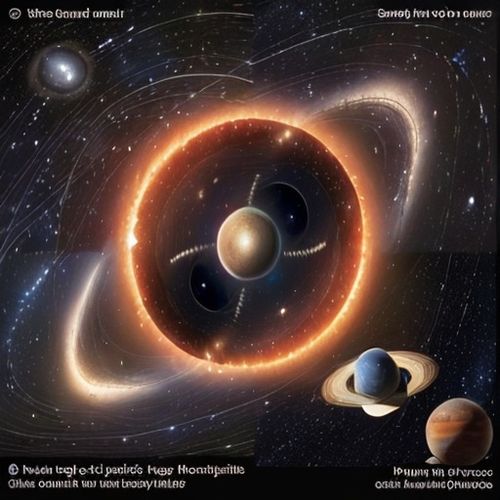
By Victoria Gonzalez/Apr 14, 2025
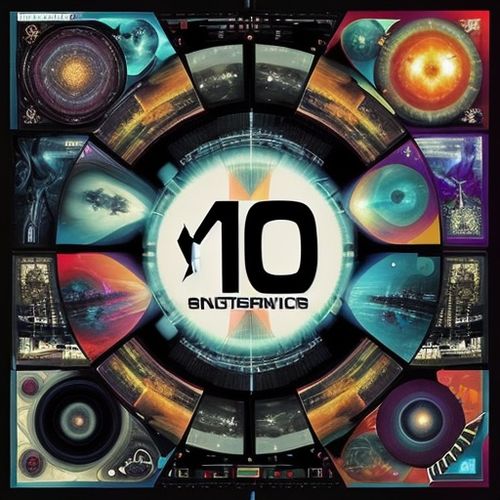
By Ryan Martin/Apr 14, 2025
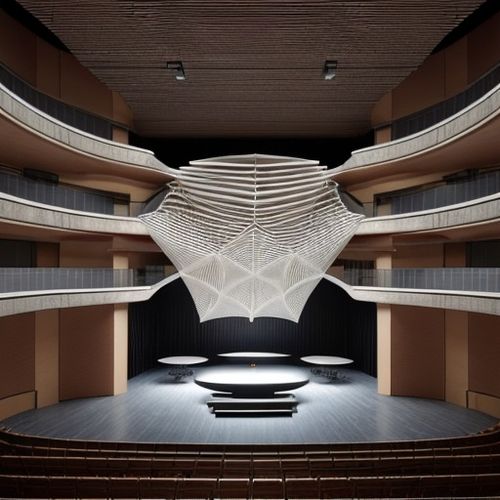
By John Smith/Apr 14, 2025
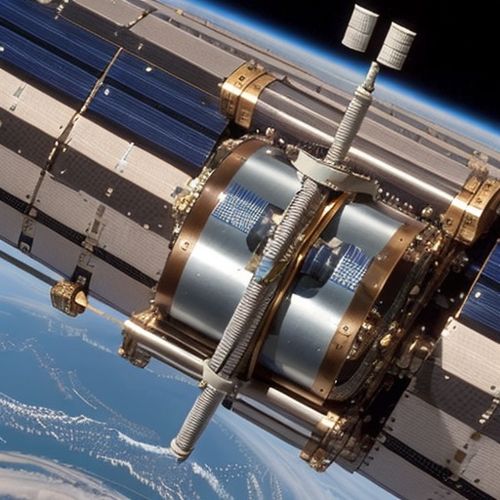
By Eric Ward/Apr 14, 2025

By Victoria Gonzalez/Apr 14, 2025

By Ryan Martin/Apr 14, 2025
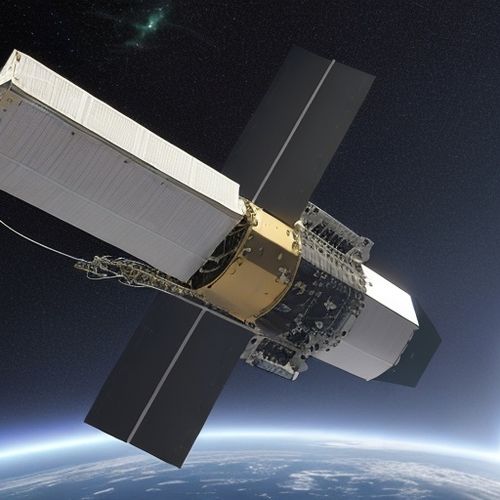
By James Moore/Apr 14, 2025

By Megan Clark/Apr 14, 2025
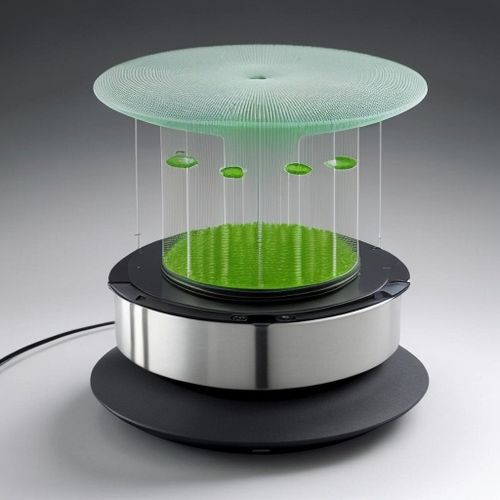
By John Smith/Apr 14, 2025
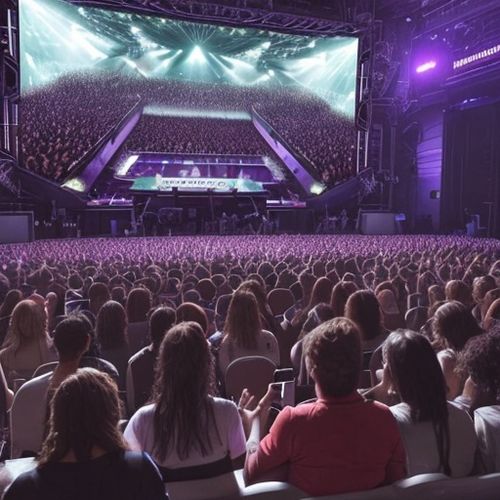
By Joshua Howard/Apr 14, 2025
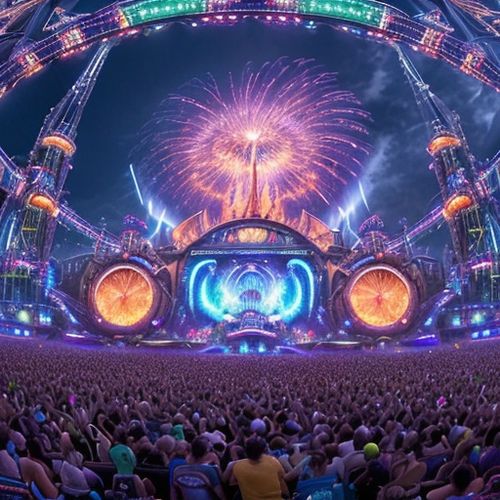
By Laura Wilson/Apr 13, 2025
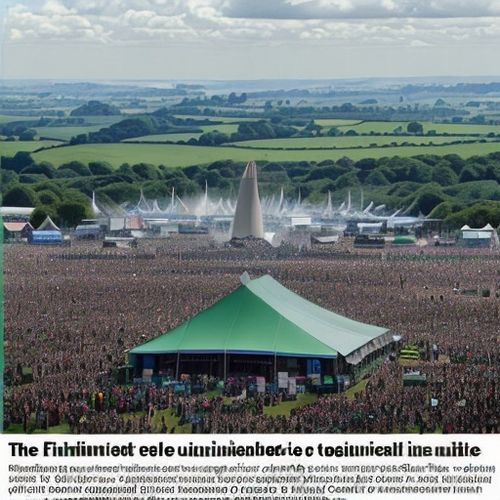
By Grace Cox/Apr 13, 2025
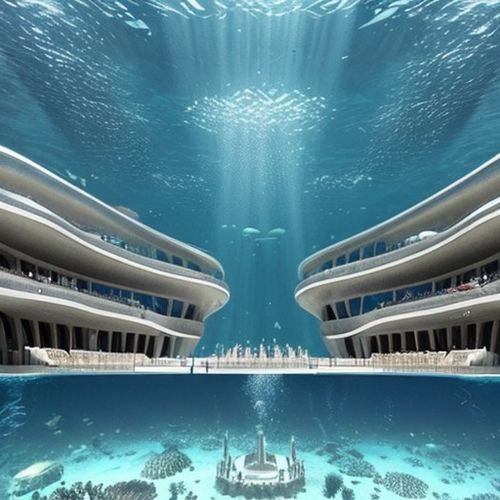
By Benjamin Evans/Apr 13, 2025
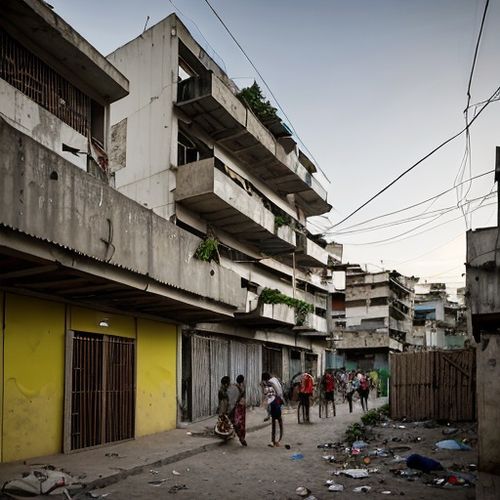
By George Bailey/Apr 13, 2025
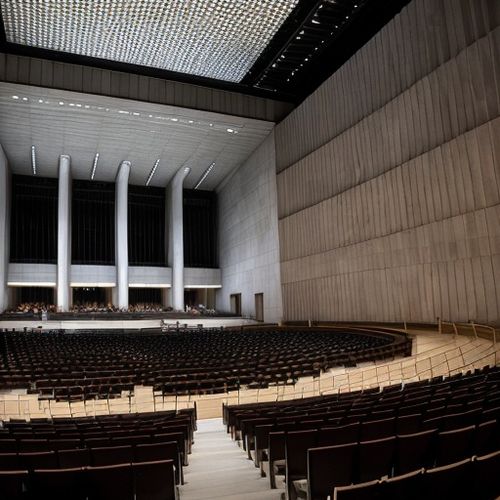
By David Anderson/Apr 13, 2025
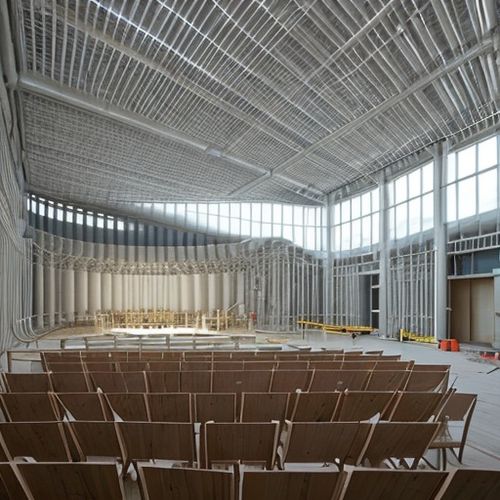
By Grace Cox/Apr 13, 2025
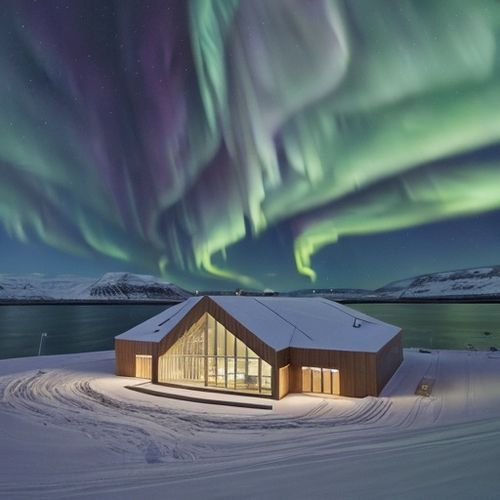
By William Miller/Apr 13, 2025
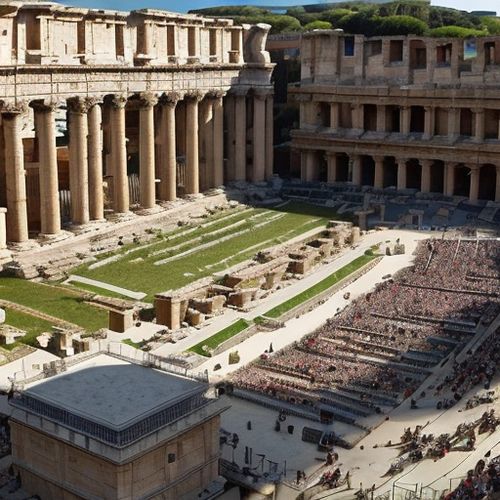
By Rebecca Stewart/Apr 13, 2025

By William Miller/Apr 13, 2025
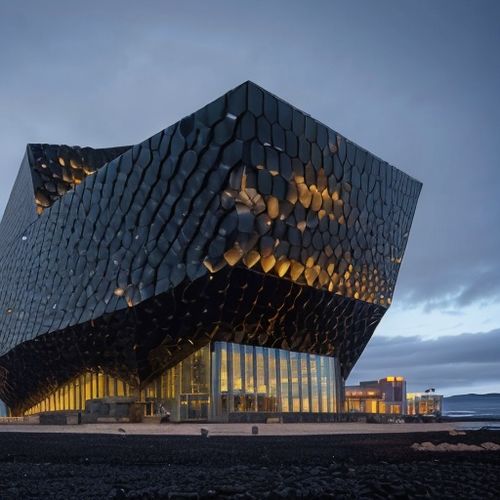
By Daniel Scott/Apr 13, 2025